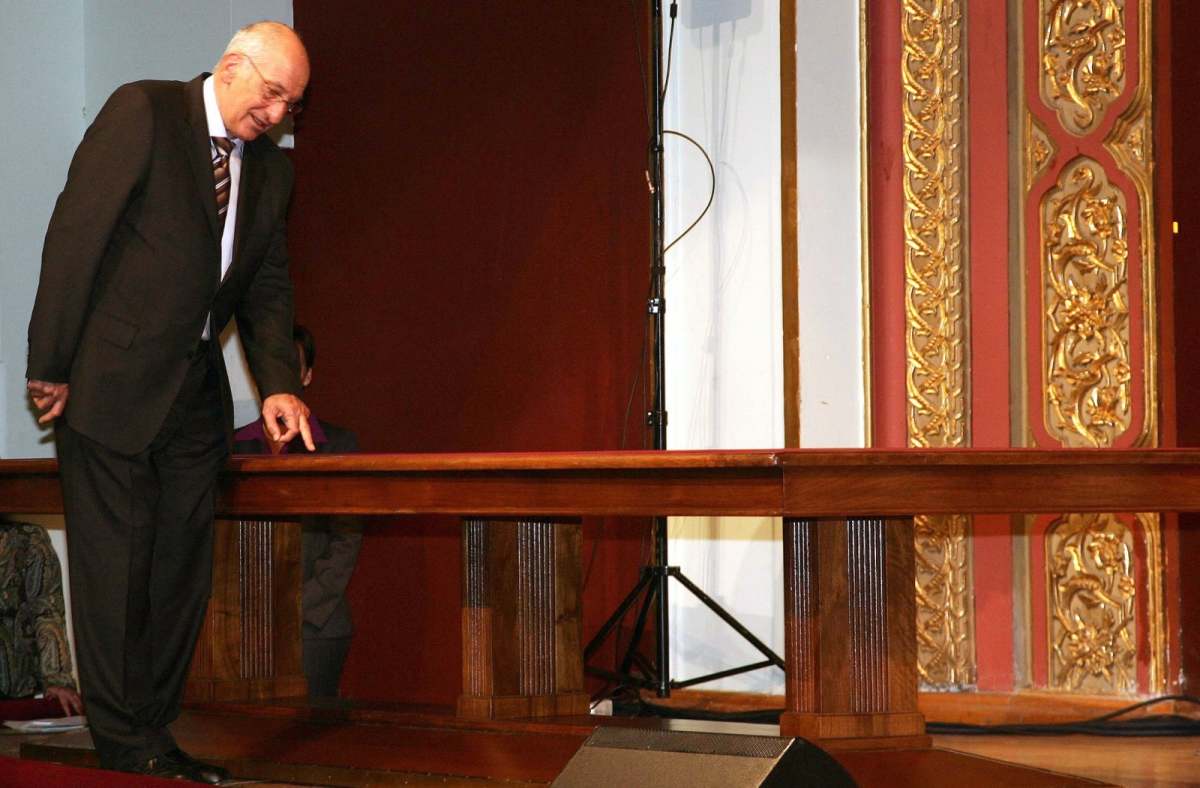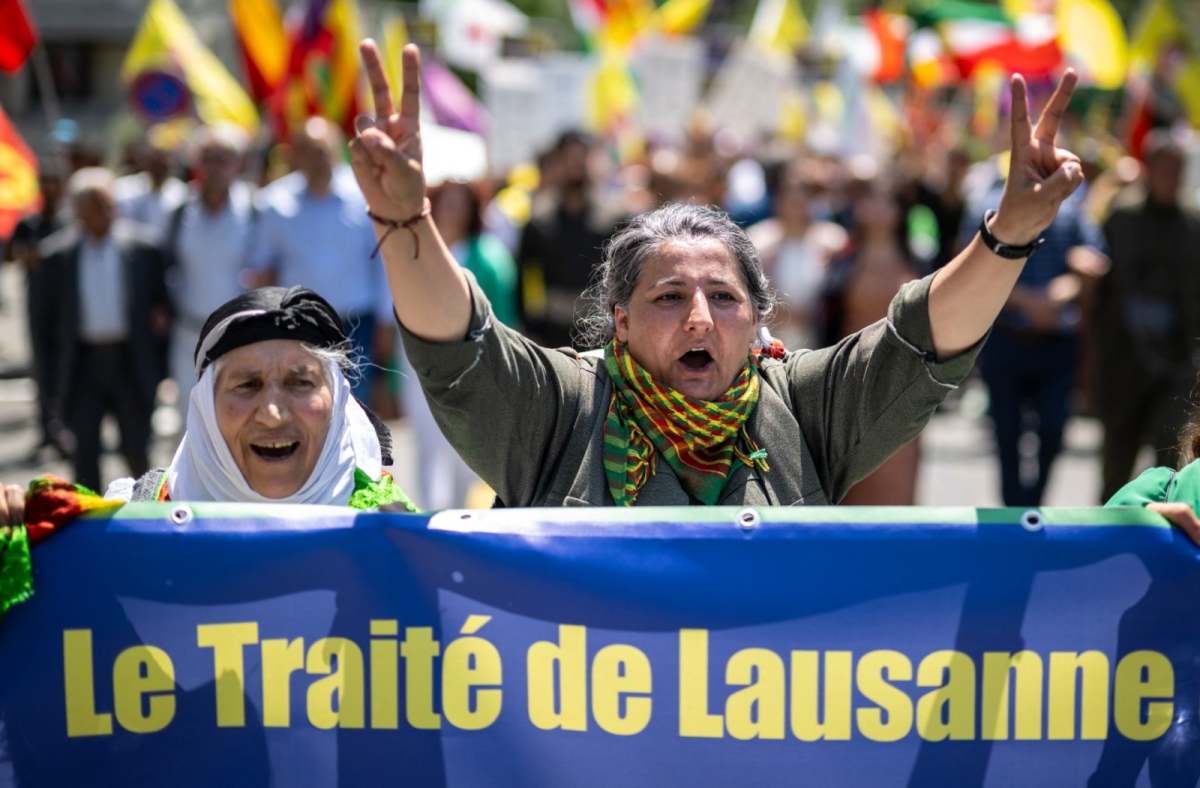Swapping a Sultanate for a “Republic”: Reflecting on the Treaty of Lausanne
By Hussain Jummo
In November 1922, Ismet Pasha Inonu led the Grand National Assembly of Turkey delegation to the Lausanne Conference. The trip included an elite group of politicians, including Reza Nur, an Ottoman physician and minister in Ankara’s government at the time. The country was ruled by two capitals, Ankara, led by Mustafa Kemal Pasha (later named Ataturk), and Istanbul, led by the Ottoman Sultan. The Western countries, exhausted by the ongoing Turkish war of independence and seeking a period of rest, construction, and development at any cost, accepted Mustafa Kemal as the leader of the conflict between Ankara and Istanbul in order to facilitate the Lausanne Treaty. Following this, Ankara took a historic decision on November 1, 1922, to dissolve the 600-year-old Ottoman Sultanate.
With this decision, Mustafa Kemal ensured that European governments rescinded the Istanbul government’s invitation to join the Lausanne Conference alongside the Ankara government. Indeed, on November 11, the European countries in Lausanne acknowledged the Ankara government delegation, and on November 17, Sultan Mehmet VI left Istanbul on a European battleship for San Remo, Italy. Mustafa Kemal therefore assured a single representative for the Ottoman Empire’s remnants (Anatolia, Kurdistan, and Armenia), ruling out any possibility of dual political representation in the negotiations.
Mustafa Kemal’s camp effectively laid the groundwork for the Lausanne Treaty. It is unclear whether Mustafa Kemal’s opponents were similarly premeditated in every move and deed. After months of negotiations in Lausanne before reaching a final agreement, Ankara’s major figures dissolved parliament on April 9, 1923. In other words, the parliament that had agreed to constitute the Ankara government delegation months before was dissolved. In his book Atatürk, Turkish political academic Ilber Ortayli describes a new parliament as “more moderate and in tune with the subsequent changes.”
Elections were held in July 1923, and the first meeting was held in August. This parliament’s first act was to approve the Treaty of Lausanne, without objection to any of its stipulations. Ortelli claims that the Treaty of Lausanne was the Republic of Turkey’s cornerstone. The move to dissolve the parliament was essential to preventing any further division at a time when Mustafa Kemal’s authority was not yet firmly established, particularly in terms of removing Kurdish supporters of Lausanne from the dissolved parliament, who included Kurdish nationalists who saw Lausanne as a common gain for the two peoples of the “Milli Pact,” Kurds and Turks, but who would raise the banner of opposition against the republic.

For Turks, Lausanne represents the republic’s foundation. While for the Kurds, the republic is a violation of the Lausanne Treaty and a unilateral betrayal of the Milli Pact.
In a broader political sense, the republic had few difficulties left after building on Lausanne, as opposed to the huge Ottoman files at the end of World War I and had considerably smaller goals. It evolved into a “nation-state” in the traditional sense, a republic with a language, a religion, and a territory, intersecting with a fading and mostly decolonized Islamic environment and the fall of the Turkish world as a whole under Bolshevism.
In his book Strategic Depth, former Turkish Prime Minister Ahmet Davutoğlu situates this epoch in the context of regional and global power dynamics. As a result, Turkish Islamism and nationalism lost their true role in shaping the two important grounds for the possibility of forming a “backyard” as a sphere of influence in which interests are realized in the political power basin, which includes the Anatolian and Balkan axes, with Istanbul at its center. This predicament prompted the republic’s administration to issue an internationally recognized declaration. This proclamation, made by the state, required the republic to abandon all international responsibilities and objectives. It comprised two primary elements:
I. The first: Adopting a strategy of defending national borders and the national state instead of a strategy with an international dimension.
II. The second: The Turkish state should be part of the rising axis of the West rather than an alternative or opposition to it (Strategic Depth, p. 91)
The Treaty of Lausanne brought the Turkish Republic, in the remaining territories of the Ottoman Empire, into the arena of history. This is how Davutoğlu envisions the deal over the last century. According to him, Lausanne imposed on Turkey two dual, contradictory identities: Lausanne created an external identity for the state that differed from its internal identity; the Islamic identity was abandoned. In internal politics, the constituent elements of the state were defined on the basis of the Turkish majority with an Islamic identity and the minority on the basis of non-Muslims only.
As the Ottoman state withdrew from the historical stage with its multi-religious and multi-minority structure, it was replaced by the Turkish Republic, which was founded on an overwhelmingly mono-religious society, but a state stripped of religious symbols and responsibilities by abolishing the institution of the caliphate (Strategic Depth, p. 92).

It is vital to stress the idea that Lausanne is susceptible to numerous readings. As previously said, Lausanne is the basis of the Turkish republic. For the Kurds, the republic abused the Lausanne Treaty and unilaterally violated the joint Milli Pact.
In this context, it is also important to measure the power of nations at this stage by their visibility at the international decision-making table. In some ways, on the eve of Lausanne, the Kurdish community was as powerful as the Turkish community, able to mobilize troops and fighters and disrupt international solutions, but it had no representation abroad at any point of the key negotiations. Even with the Treaty of Sèvres, Sherif Pasha, a Kurdish Ottoman general and diplomat, rose to prominence solely because the Allies sought a Kurdish representation and found only Sherif Pasha capable of moving in Europe, and the Kurds found only Sherif Pasha as well.
In contrast, the Turkish line of communication was extremely powerful. It was founded on an active history of Ottoman-European diplomatic connections, consulate activity, and state-level reporting. This contrasts with Kurdish activity, which only extended from Kurdistan to Istanbul. This is due not only to the Kurdish political elite’s lack of awareness at the time, but also to their and Kurdish society’s weak financial capabilities, where financial assets were enormous in the form of lands and fiefdoms, but money remained scarce, preventing them from playing effective independent roles among the capitals. Ultimately all these factors created a diplomatic imbalance with lasting repercussions that can still be seen today.




Comments are closed.